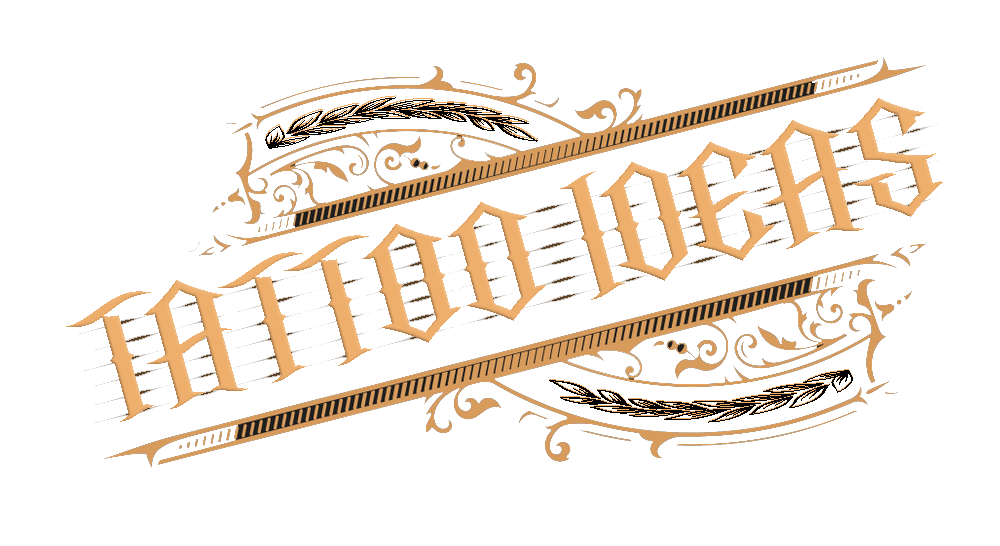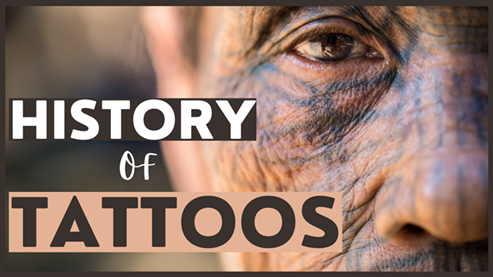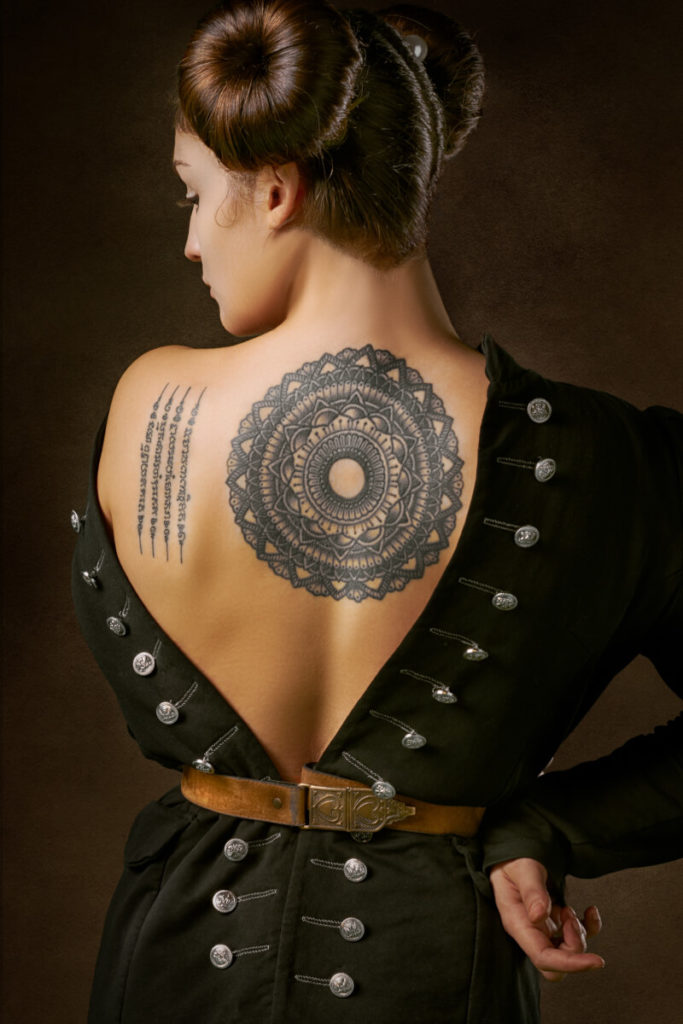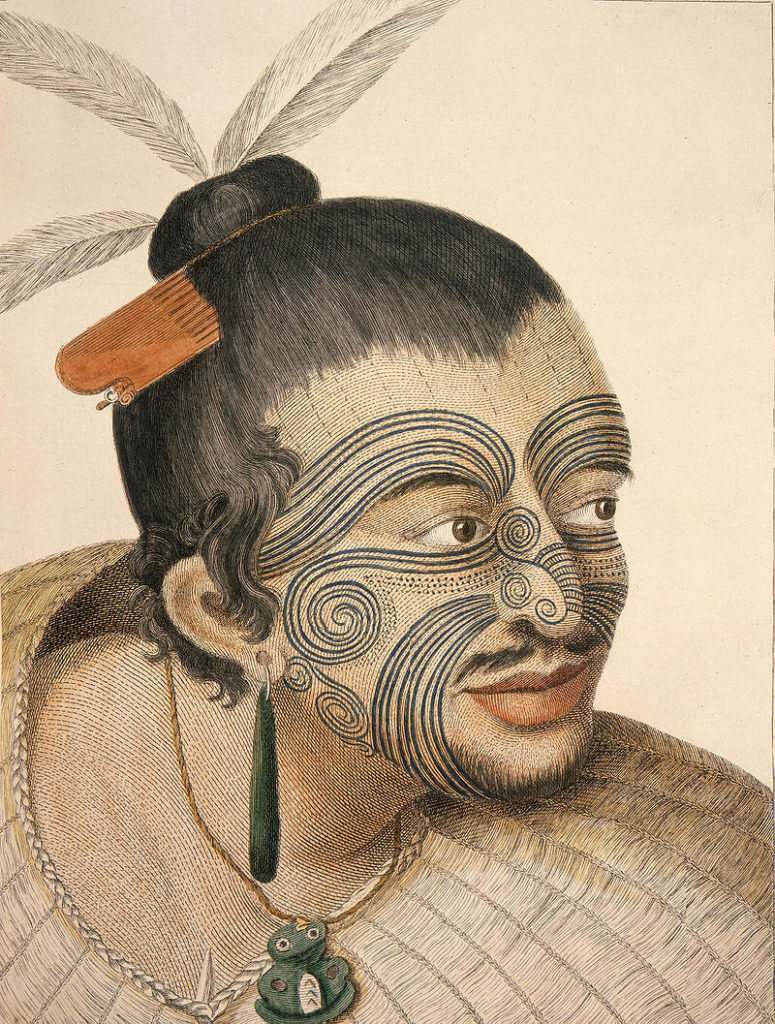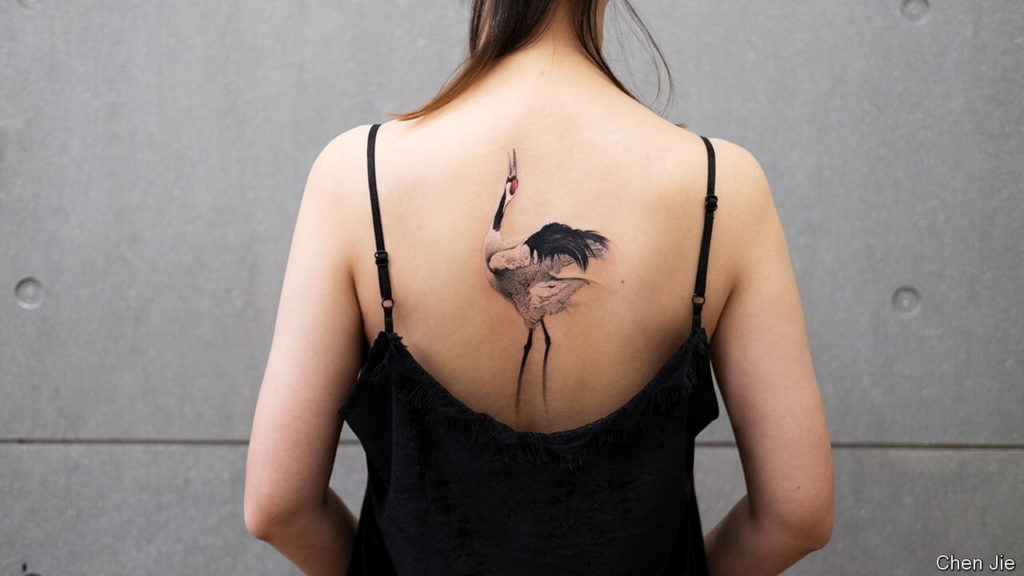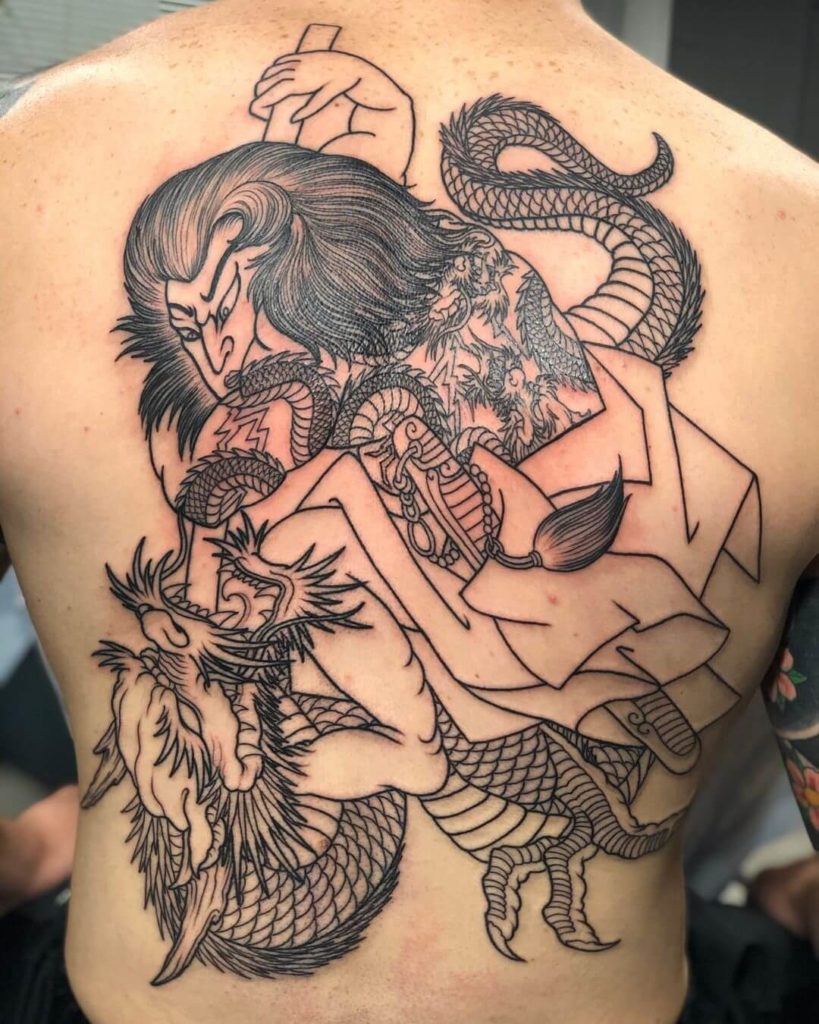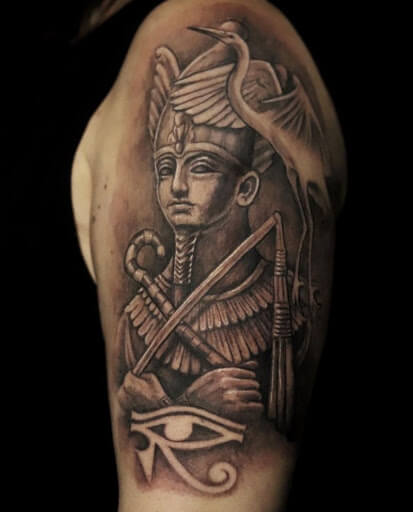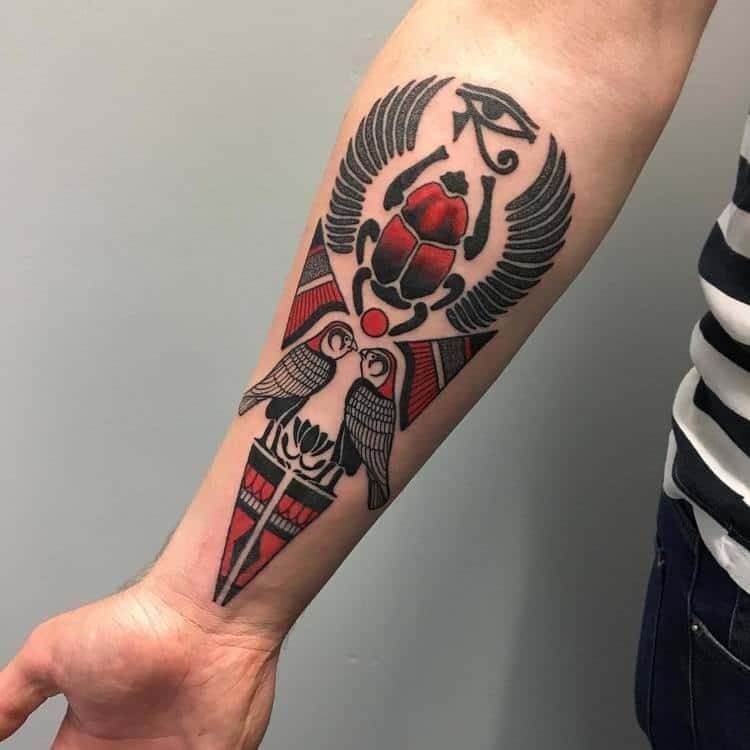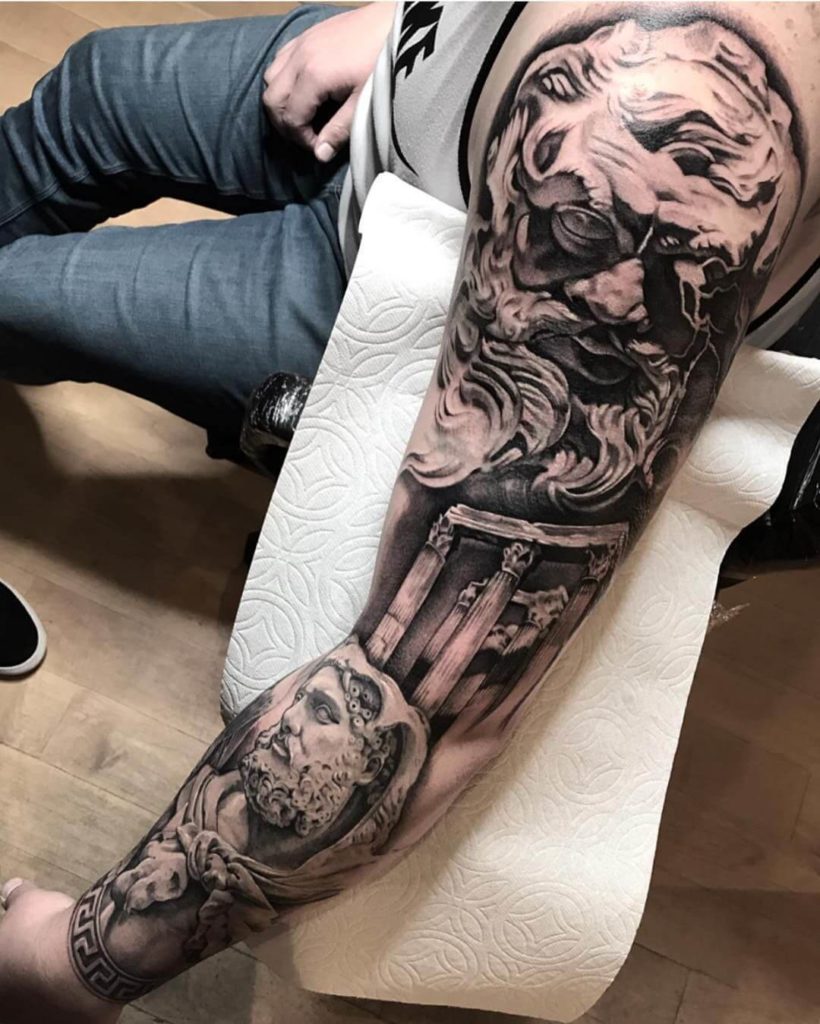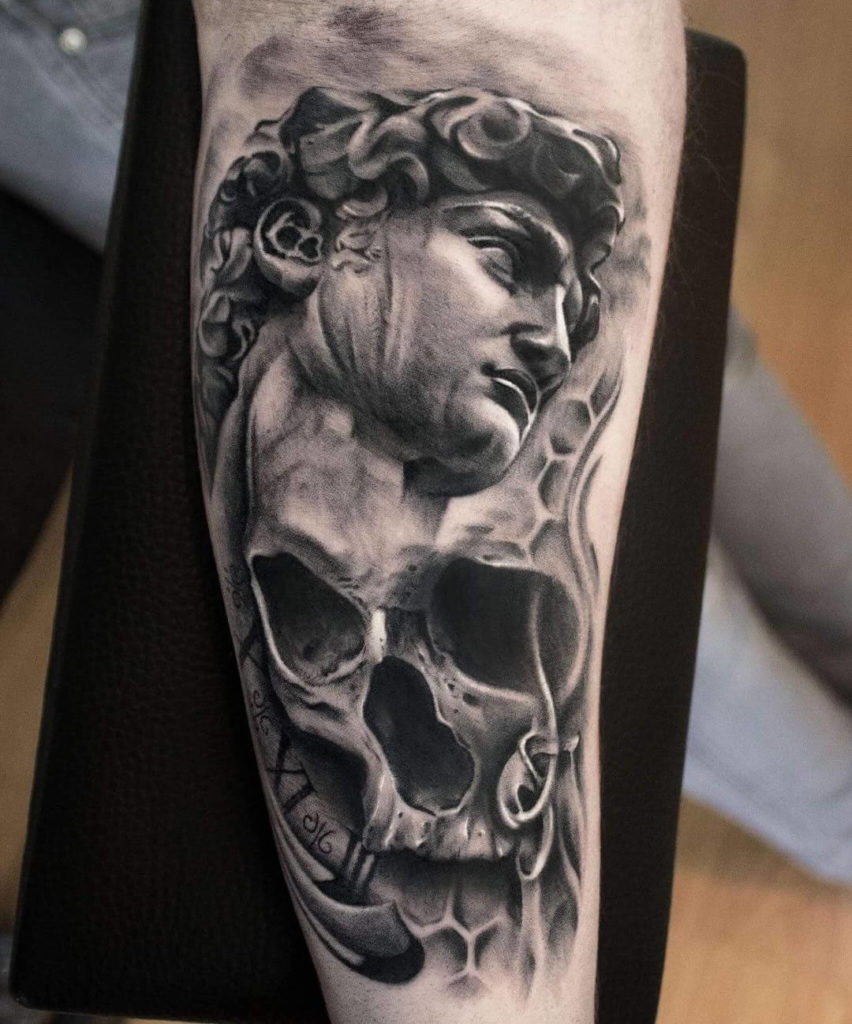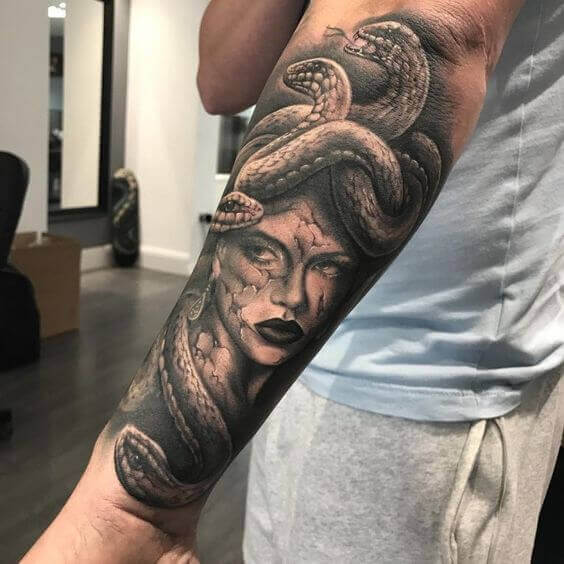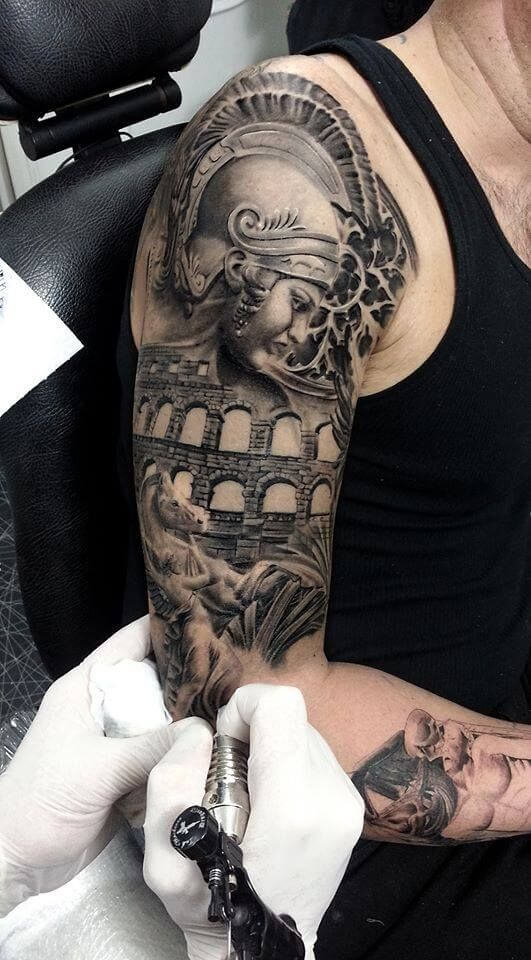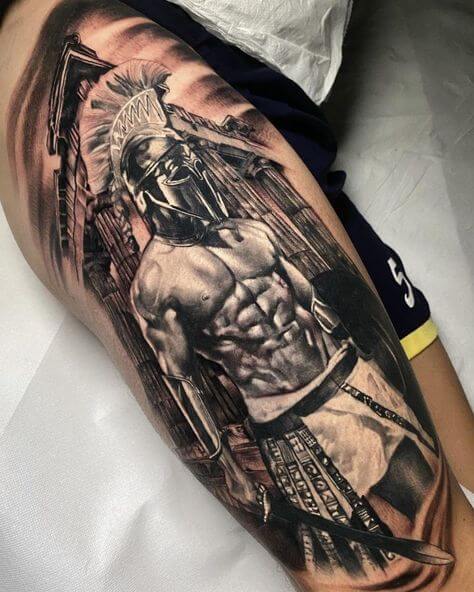We cannot deny the fact that tattoo culture has not just emerged in the past few years, but it has exploded as one of the mainstream trends. With the increased curiosity and interest in the art of ink, we are observing boatloads of diverse tattoo styling and their designs. Since the art of tattooing includes such a wide and different range of genres and cultures, the tone and the context varies from culture to culture. However, all in all, they cover very fascinating aspects of the art of ink. From your concerns on the historical emergence of tattoos to anthropology, from edgy fashionable articulation to the resources for locating talented artists, we have got it all covered for you.
Table of Contents
Origin of Tattoos
Tattooing on human bodies is an art that dates back to 2000 B.C. where it was found on the bodies of female mummies. But a recent discovery is of Otzi also known as Iceman; who lived between 3400 and 3100 BC. told a lot about ancient tattoos. His dead body was discovered in 1991 on the Italian-Australian border. His natural mummy revealed the tattoo patterns and details about the 61 tattoos he had on his body. Later on, a microscopic examination of the samples that were gathered from these tattoos told that they were made out of a pigment manufactured from fireplace ash or soot. While Otzi might be proof of the first ever tattoos in the world, different times and ages throughout history uncover a long and rich history of this type of art. Other than that, there is proof of this from more than 49 various areas around the globe, where tattooed mummies and remains have been found.
Brief history of Tattoos
Some of the significant places that recorded tattooing practices on the remains of human beings include Mongolia, Alaska, Greenland, China, Sudan, Egypt, Russia and the Philippines. It is believed that these discoveries date back to different eras and times throughout ancient history. However, it was in 2018, when contemporaneous mummies with tattoos were discovered in Egypt.
Ancient Tattooing practices and Traditions
Dating back to an ancient civilization, the reason behind the newly observed tattoo culture and designs are fueled by different theories. These theories are a reflection of the area and the culture of that particular civilization. Lets dig deep into history and discover why these civilizations used to practice tattooing.
China and Asia
With Asian tattooing, it is said the work of art can be followed back to a group of West Asian migrants called the ‘Ainu’, who brought it from Egypt into Asia and forward it into Japan. While the proof isn’t convincing on this, it is still considered a popular theory all around. The Oldest mummies discovered by scientists from Asia had tattoos and were found in Xinjiang, Western China, and on the Ukok Plateau. The “Tarim Mummies” from Xinjiang seemed to be a mixture of Western Asian and European Heritage, while on the other hand the “Pazyryk Mummies” were discovered from Ukok Plateau and had Russian descent. Most of these earliest tattoos were a symbol of social status but some of these were also related to spirituality and magic. Their designs were taken from nature and mythology. However, these Asian mummies tell us that the art of tattooing was pretty much alive back in 2,000 B.C. in Asia.
Tattoos in China
Jumping to 297 A.D., and you’ll see that a Chinese dynastic history studied around that era mentions the first ever written reference to tattoos of Japan. Despite the fact that there is proof of early Chinese tattoos being for decorative purposes, inking in China has not been normal and typically, tattooing in China is practiced for religious purposes only There is a stigma attached with tattoos in China, as it is viewed as ‘defacing the body’. Moreover, tattoos were also utilized as ‘brands’ around a certain period in Chinese history, with tattoos used to indicate criminals being called ‘Ci Pei’, a term that means both ‘tattoo’ and ‘exile’. Hence, tattoos in China were majorly associated with criminal activity, a perception that is seen even today in modern China.
One can believe that the Chinese might have taken inspiration from the Japanese art of tattooing in the early A.D. years. enough to not just talk about it in their history books, however, to support the fine art in their own way of culture.
Japenese History of Tattoos
In 297 A.DThe Chinese dynastic reports showed the first ever written reference to tattoos of Japan as mentioned above. Those reports discussed how the Japanese utilized tattoos for self-adornment instead of magical or spiritual purposes, which proved a huge motivation for early Asians to get tattooed. Many Japanese individuals who started getting tattoos in that time would get full body suits- – a pattern that later turned into an identifying mark of membership in the Japanese mafia or “The Yakuza” from 1603 and 1868.
Origin of Tattoos in Japan
The Japanese art of tattooing is seen as one of the oldest all over the world. From over 4000 years ago, clay figurines have been found sporting designs of tattoos all over their faces. While it isn’t sure if individuals were getting tattoos in Japan at that point, these ‘tattooed’ clay figurines were thought to carry profound importance in bringing spiritual protection to their loved ones who have passed away and were thus placed along with them in their tombs.
The Japanese word used for a tattoo is Irezumi, made out of love for the “pictorial and colorful woodblock print”. Very soon, this styling became quite popular in the lower, and working-class of Japan. It also included the gang of Yakuza and its link with the criminal activity which led to a ban on Irezumi for a while in Japan.
The tattoos of Japan use imagery that is very petrifying, for example, roaring tigers and fire dragons, as they are seen to protect the ones who wear them. These tattoos also include a backdrop created out of waves, fluid designs, smoke and ashes, and will also include floral designs to add a bit of delicacy as well. All in all, the designs in an Irezumi are really an incredible sight to behold.
History of Egyptian Tattoos
The ancient Egyptian tattoos carried great importance and several different meanings. For some it was a representation of their beliefs, for some it was a sign that showed their community or social group, and for some, it was a way to make their body look more appealing and attractive.
There have been several discoveries of mummies with tattoos that showed us that this practice goes back to at least 2000 B.C. as mentioned earlier. Research conducted by Daniel Fourquet told that tattoos have been used as medical treatment in Ancient Egypt.
Another fascinating revelation told that tattooing in ancient Egypt was only done on the skin of women. Designs and geometric representations that were derived from the Middle Egyptians Kingdom represented a women’s status during that period.
Origin of tattooing in Egypt
Keeping that in mind, it is also said that fingers that were decorated by tattoos belonged to the mummies who had links with dancing and music in ancient Egypt.
Apart from specific professions of a musician or a dancer, tattoos in Egypt also told about the social groups present over there. Each community and group had a unique tattoo on the basis of their faith and belief. For instance, a tattoo of a monogram with a cross made on its top represented a woman with Christian beliefs.
History of Greek Tattoos
The data available reveals that the art of tattooing has been present in Greece from the fifth century BCE. During this period the tattoos were significantly used for the outcasts of society that included slaves, criminals, prisoners of war, etc. A renowned example of tattooing by the Ancient Greeks was of Athenians getting tattoos of owls on Samians after giving them a defeat.
History of Tattoos in Rome
All through Ancient Rome, there is proof of soldiers as well as the manufacturers of arms getting tattooed. It is said that this practice continued until the 9th century. Similarly, slaves were also inked with a tattoo to show that they have given their taxes.
